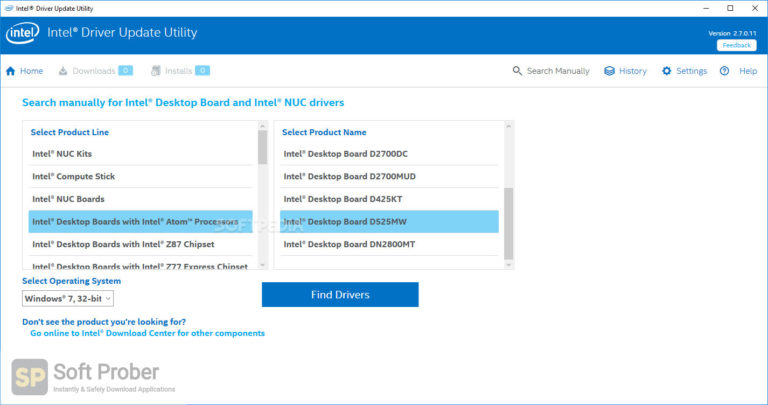
This is done with the start-process command. Then I create a new region block with the remediation to uninstall the app. In my case I use the “InstallLocation” and the “DisplayName” $appdetails = (Get-ItemProperty Registry::HKLM\SOFTWARE\WOW6432Node\Microsoft\Windows\CurrentVersion\Uninstall\*) | Where-Object For sure you could use any property of the $appdtails to query. As this software uses a new GUID for new versions, it make sense not to use the GUID as a parameter, only if you like to uninstall a specific version this maybe make sense. In this example it is about the “Intel Driver & Support Assistant”. For the most up-to-date drivers for your Intel devices, simply download and install Intel Driver & Support Assistant from, then restart your PC. In this case I know that it was registered in the WOW6432Node. So first I query the registry and search for the app in the uninstall keys. This has the advantage, if a version changes or is not 100% identical with the same parameters, that the remove still works. I use this to query the details of the app. No matter if you use MEM or MEMCM, you will surely know the uninstall string of an app in the registry.

I will not go into detail what MEM or Proactive Remediation is. I have made an example script here, which uses the Proactive Remediation of Endpoint Manager (MEM). This can be the case when a built-in app installs a component that is actually not wanted. Often an app needs to be checked and/or uninstalled quickly or less quickly.


 0 kommentar(er)
0 kommentar(er)
